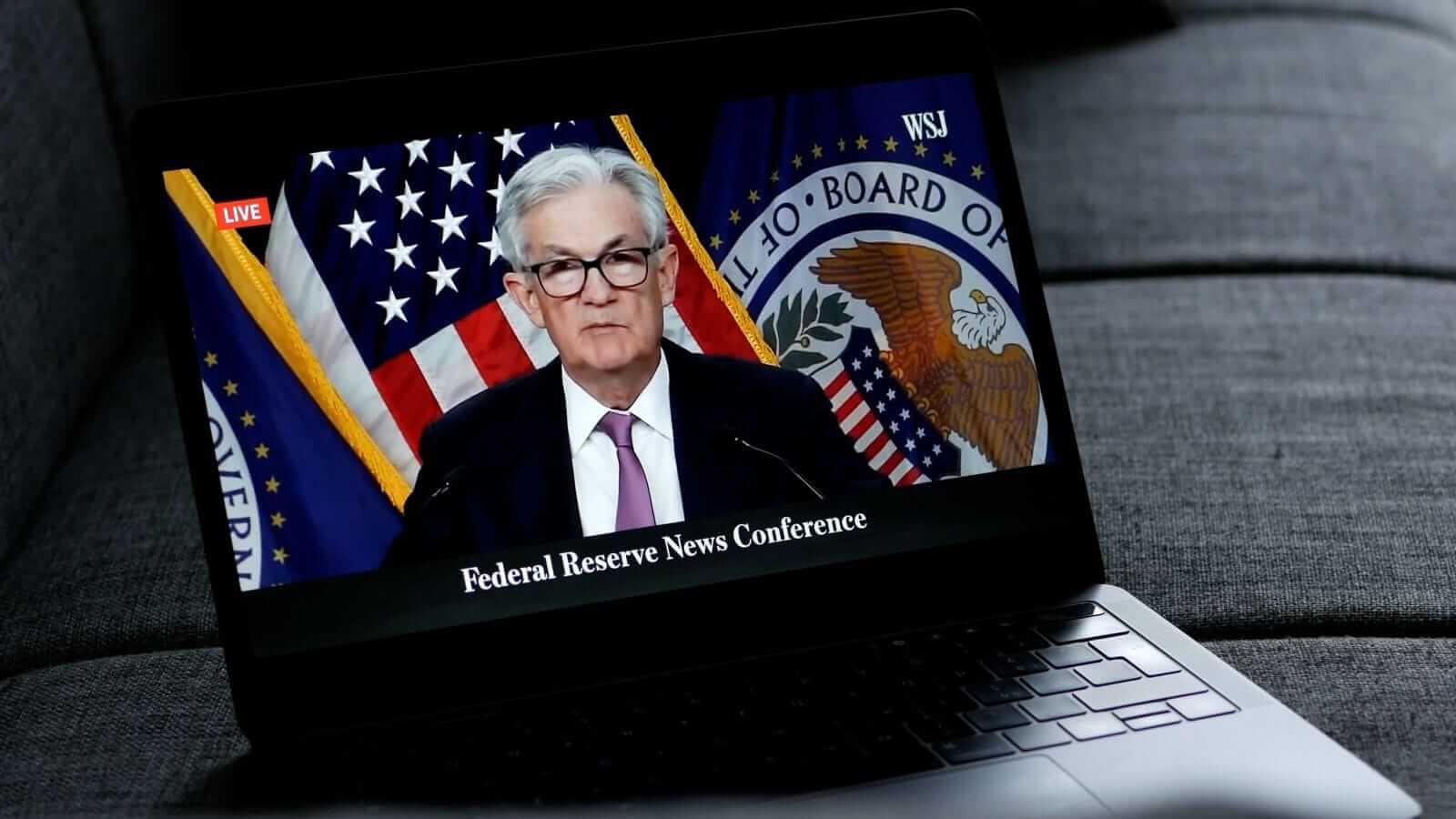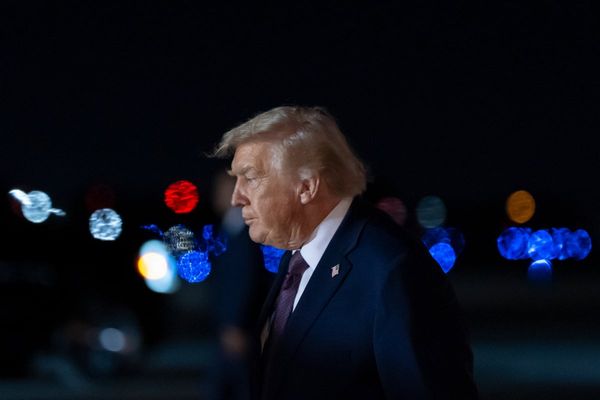
Federal Reserve Chair Jerome Powell used his annual Jackson Hole keynote speech to paint a picture of an economy facing policy-driven headwinds and rising uncertainty. He pointed to sharply higher tariffs “across our trading partners” that are reshaping global commerce, and to tighter immigration rules that have abruptly slowed labor-force growth.
Over a longer time horizon, Powell added, shifts in tax, spending, and regulation could weigh on productivity — yet no one knows where these policies will land or what their lasting effects will be. The throughline was caution, as multiple shocks are hitting both demand and supply, and the Fed can’t easily offset structural changes.
Powell’s economic diagnosis leaned unambiguously downbeat. Payroll growth has faded dramatically — averaging roughly 35,000 a month over the past three months after substantial downward revisions — while the jobless rate has ticked up to about 4.2%. That’s not a recession call, but it is a marked slowdown from 2024’s pace, and a signal that the labor market is losing steam for reasons that include immigration-driven supply frictions. In tandem, tariff pass-through is lifting certain goods prices, complicating the inflation picture just as growth cools.
That mix of softer growth with pockets of price pressure is exactly the kind of cross-current that forces a central bank to weigh its dual mandate. Powell made clear that the Fed sees upside risks to inflation but downside risks to employment, and that policy is already restrictive. Notably, he said the policy rate now sits about 100 basis points closer to neutral than a year ago and that officials can “proceed carefully” as they consider adjustments. Translation: if the labor data keep weakening, the bar to ease isn’t high.
Markets heard the hint. Following the speech, investors leaned into bets that rate cuts could begin soon, and major indexes rallied on the idea that policy relief is at hand — even as inflation is still hovering above the central bank’s target. This is the classic “bad news is good news” moment: a darker macro backdrop nudges the Fed toward lower rates, which can buoy equity valuations in the short run by reducing discount rates and supporting multiples. News coverage captured that reaction, with odds of a near-term cut rising and stocks finishing higher on the day.
Powell also rolled out the Fed’s five-year framework review, retiring the emphasis on the effective lower bound that defined the 2020 “makeup” regime and formally returning to flexible inflation targeting. In practical terms, that is meant to simplify communications and reinforce that the Fed will respond forcefully to either side of its mandate, rather than lean on elaborate averaging after long undershoots. For investors, the signal is stability: fewer surprises in the rulebook, and more room to respond quickly if the jobs data worsen.
None of this guarantees a smooth path for risk assets. If tariffs bite harder than expected, the Fed could find itself easing into a supply-constrained economy — which would be supportive for stocks at first, but potentially volatile if inflation proves sticky. AI tailwinds might help sustain economic growth in the near future, but it's unclear if these investments in innovation will be enough to prevent a economic slowdown or recession.
Still, Powell’s message was plain: the economy’s momentum is fading, policy uncertainty is high, and the central bank stands ready to adjust. In the near term, that cocktail is more bullish than bearish for equities because it pulls forward the prospect of rate cuts — even if the reasons for those cuts are, by Powell’s telling, a sign that the economy isn’t looking great.
On the date of publication, Caleb Naysmith did not have (either directly or indirectly) positions in any of the securities mentioned in this article. All information and data in this article is solely for informational purposes. For more information please view the Barchart Disclosure Policy here.






